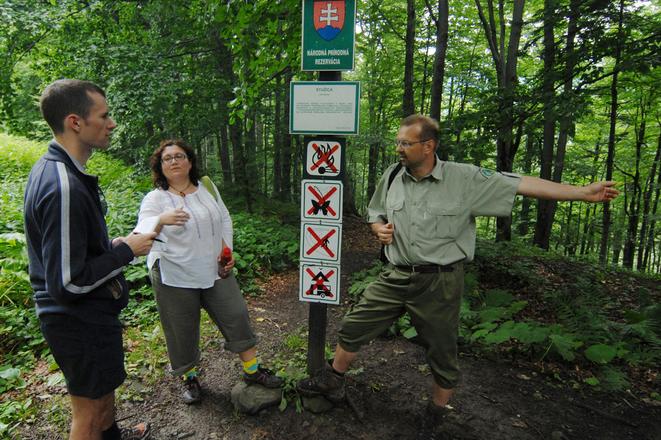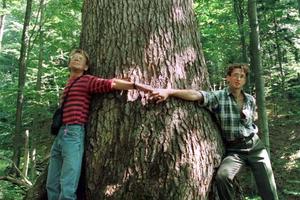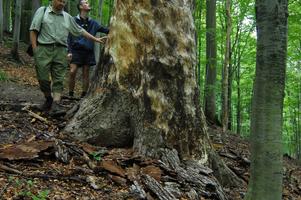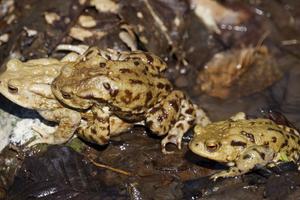The inscription, initiated by the joint nomination of Slovakia and Ukraine, took place on June 28, 2007, in Christchurch, New Zealand, the TASR newswire wrote.
Four localities of beech primeval forests – National Natural Reserves: Stužica, Havešová, Rožok and Vihorlat – had been prepared by the Environment Ministry and the Technical University in Zvolen which specialises in forestry for seven years, the TASR newswire wrote.
The inscription involves cross-border world heritage that is composed of ten individual localities of which four lie in Slovakia and six in Ukraine, along an axis 185 kilometres long, from the Rachiv Massif to the west, along the Poloniny Ridge all the way to the Bukovské and Vihorlatské Hills in Slovakia.
The reasons behind the inscription include the intact and virgin character of these forests that represent the climax of natural environmental system. The act also obliges both countries to protect and preserve this unique, natural and untouched by human activities habitat.
The forests have beeches of record size, up to 58 metres tall and very thick. They also include several rare and protected plants (dog’s mercury-Mercurialis perennis, European scopolia-Scopolia carniolica, Cardamine glanduligera-Dentaria glandulosa. Carpathina Tozzia-Tozzia carpathica, or Turk's cap lily- Lilium martagon), and many animals that are hard to be find elsewhere, including Yellow-bellied toad-Bombina variegata, Carpathian newt/Montadon's newt- Lissotriton montandoni, Aesculapian snake-Zamenis longissimus, or common European viper-Vipera berus, birds like black woodpecker-Dryocopus martius, white-backed woodpecker-Dendrocopos leucotos, black stork-Ciconia nigra, but also Ural owl-Strix uralensis. Roe-deer, reindeer, Eurasian lynx-Lynx lynx, grey wolf-Canis lupus, brown bear-Ursus arctos or a wisent-European bison-Bison bonasus.



 The Stužica primeval forest, a UNESCO heritage site. (source: TASR)
The Stužica primeval forest, a UNESCO heritage site. (source: TASR)


